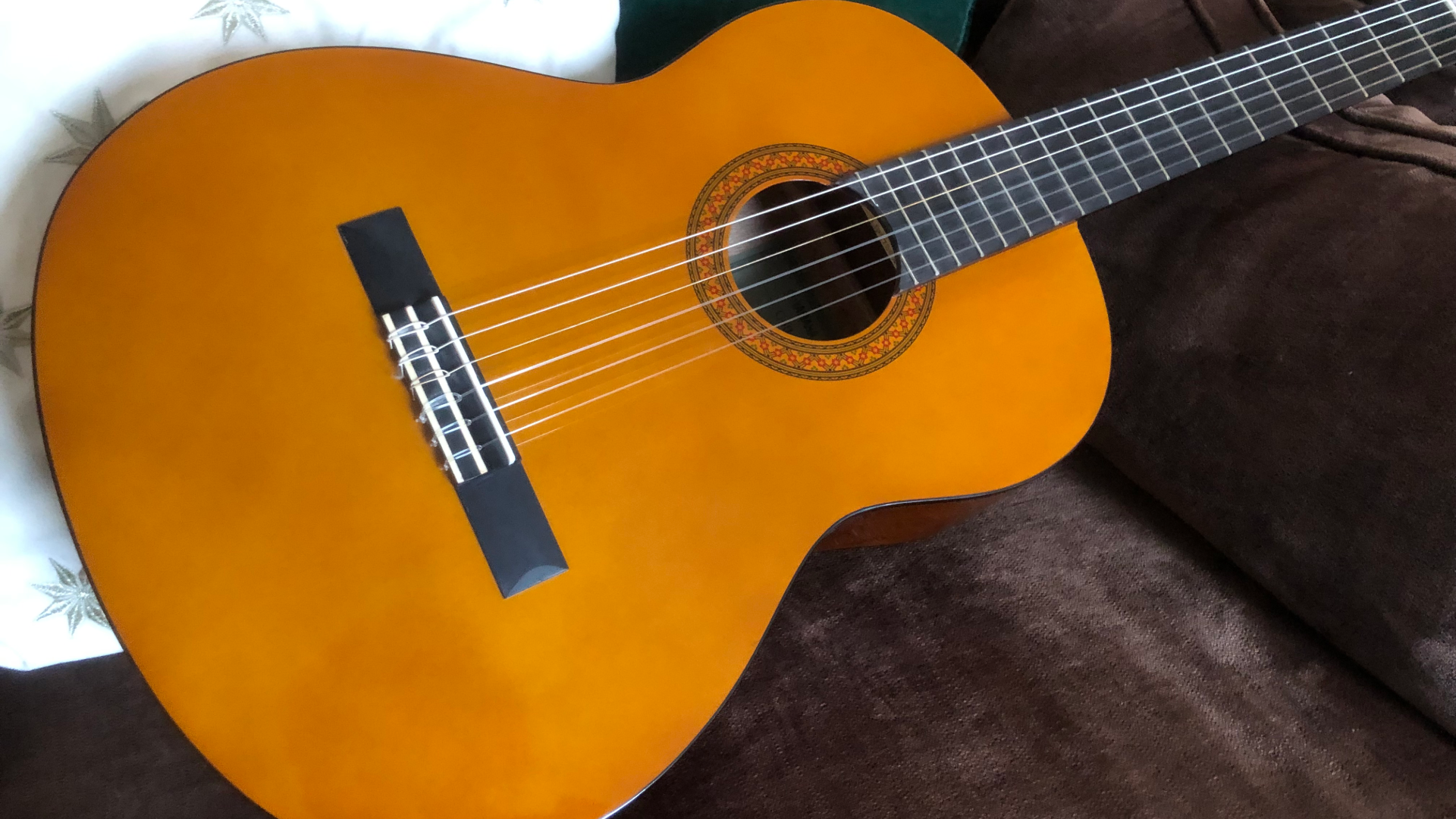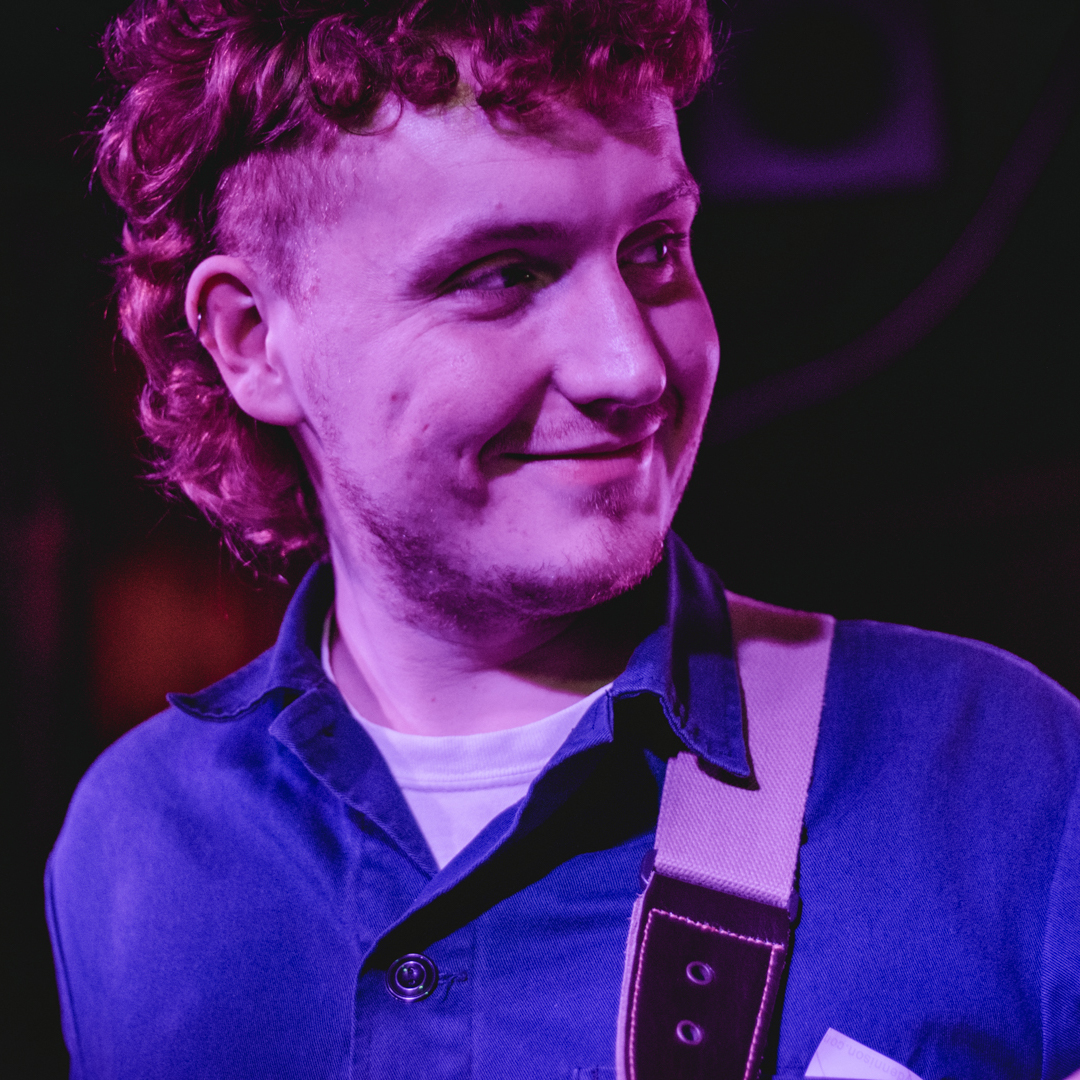Guitar World Verdict
If you’re after a beginner classical guitar, there truly is no better option than the C40II. With its excellent setup, durability, affordability, and consistent tone, the C40II has been the starting point for many guitarists over the past 30 years and shows no signs of losing its appeal. While there are minor overlooked touches such as scratchy frets and slightly sharp fret ends, these issues are not unexpected at this price point.
Pros
- +
Great build quality
- +
Decent tone
- +
Low action that's easy to play
- +
Widely available
- +
Incredibly affordable
Cons
- -
Those with small hands may struggle
- -
Lack of fret markers
- -
Frets aren’t finished particularly well
You can trust Guitar World
Let's face it, learning to play guitar can be tricky and frustrating. The last thing you need is your first guitar making your life harder. Things such as a terrible steel-string action can dissuade enthusiastic young ones in the space of a few minutes, while eager older players might tap out even quicker. After all, around 90% of beginners stop playing the guitar after a year of initially picking it up. So what should beginners do? Whom should they trust with their fervent desire to learn Classical Gas? Step in Yamaha.
For nearly three decades, many beginners have trusted Yamaha, especially their best-selling model, the C40. This guitar has been a go-to recommendation for teachers worldwide, helping countless students earn their stripes. Now in its second iteration, the C40II, this popular model shows no signs of slowing down.
Being a classical guitar, the C40II is equipped with nylon strings, which are traditionally utilized in flamenco and classical music. So, if you're starting out and interested in those genres, the C40II will be very appealing. However, since nylon strings are less harsh on uncalloused fingers than steel strings, it's also a great option for young beginners who are starting to dabble. Even for those who suffer from conditions like arthritis, the softness of nylon strings can make life a lot easier.
Being a time-served veteran of the learner's guitar market, it's easy to assume that the C40II is flawless, but is that really the case? Well, we wanted to find out. So, we took a trip down memory lane, reliving our early days of guitar learning, and spent many nights playing the C40II to see if it still measures up for today's new generation of learners.
Build
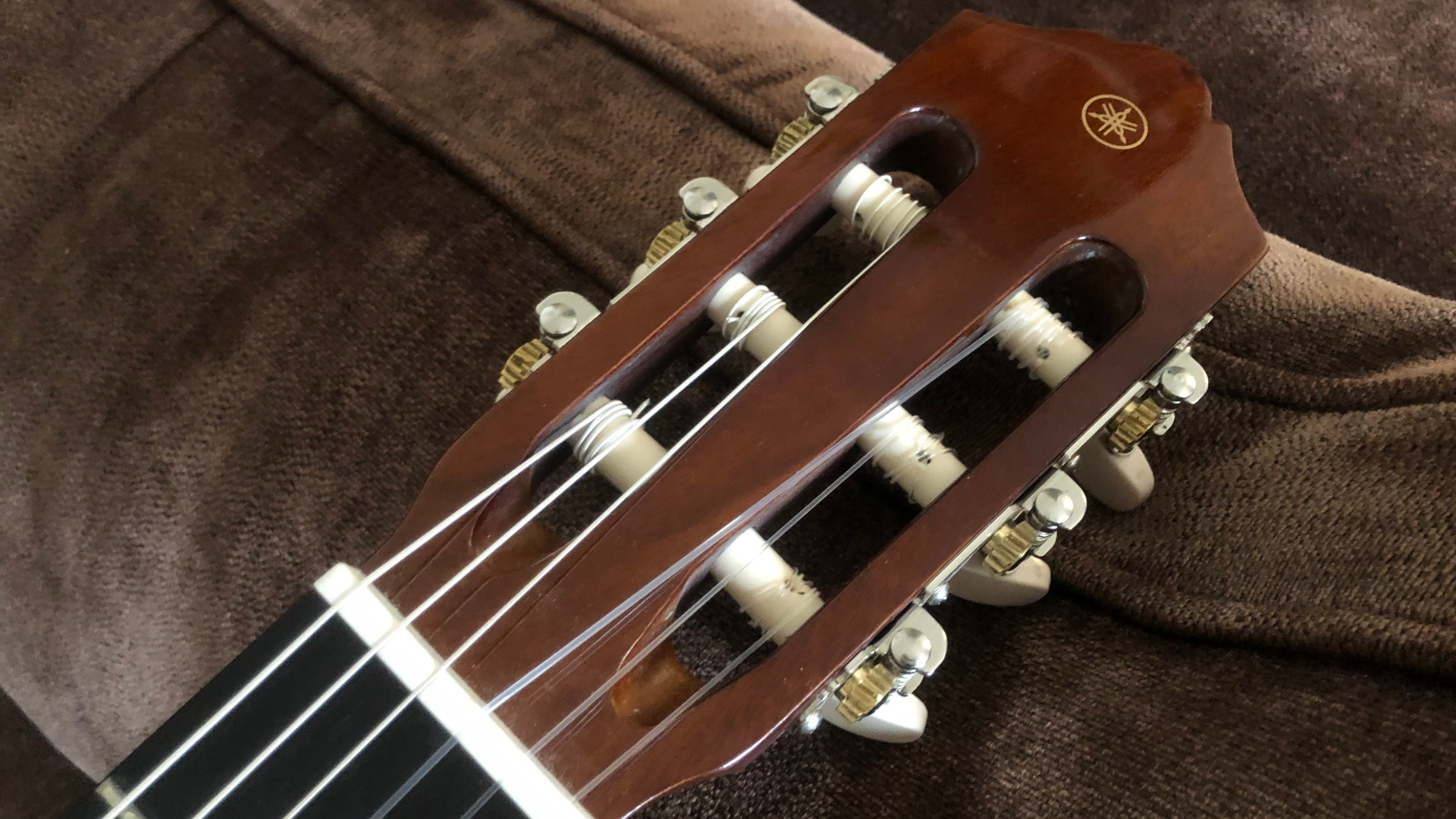
The C40II is a 4/4 scale, full-size guitar featuring Yamaha’s CG – classical guitar – body shape. This is a fairly uniform classical shape, with slightly slimmer shoulders and a thinner body compared to popular steel-string models like the dreadnought. Our review model sat comfortably on my lap, and the lower bout didn’t cause my arm any uncomfortable obstructions. However, if you’re buying for a younger learner, I can see it being a bit too bulky for their strumming arm.
Now, one of the easiest ways to keep costs down is by selecting affordable materials, and at this price point, solid wood is not to be expected. The C40II is no exception, featuring a laminated spruce top and, according to Yamaha, ‘locally sourced tonewood’ for the back and sides, likely meranti. Interestingly, the fingerboard and bridge are rosewood, which looks great. Our review model boasts a deep, dark fingerboard, putting other entry-level models to shame.
Yamaha’s own chrome RM-1252X tuning pegs follow a familiar classical guitar layout, with a strip of three on each side of the headstock. For tuning stability, they perform remarkably well. Tuning nylon strings can be tricky, particularly on cheap tuning pegs, as they can often slip out of tune – but thankfully, we had no such issue with this C40II, even in alternate tunings. However, I did notice that the plastic tuning peg button for the G-string was a little loose while turning it.
Moving on to the frets, and this is where we encountered our biggest problem with this budget-friendly classical. Unfortunately, the frets were a little scratchy and unpolished. This may not be an overwhelming issue for classical or flamenco players, but could slightly affect those learning techniques involving string bends. The fret ends were also a little sharp and when running my finger along the edge, it caught my skin.
Playability
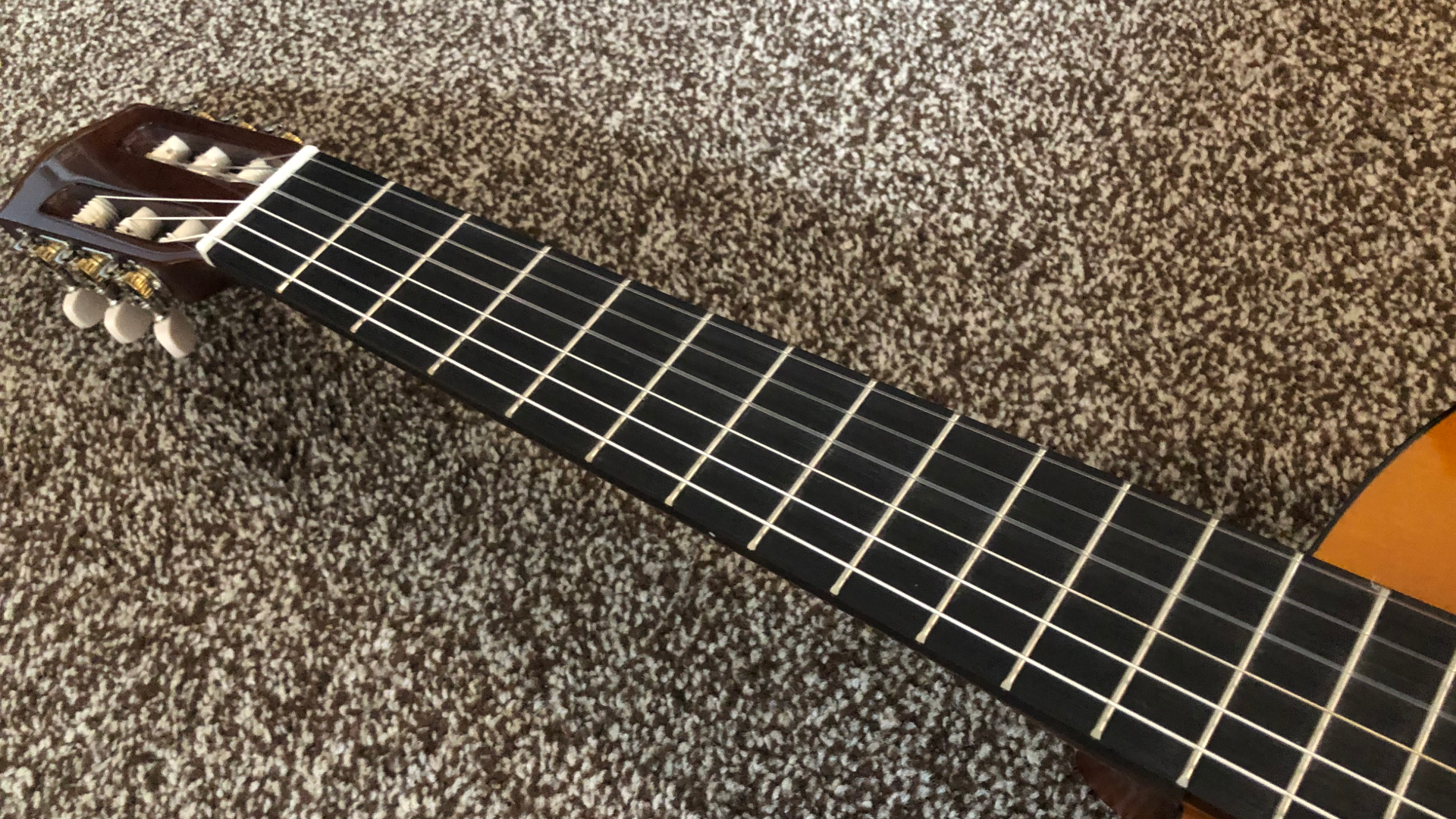
Moving onto playability, it’s easy to see why beginners flock to the C40II like moths to a flame. Straight out of the box, and after a little tuning tweak, the guitar played wonderfully. The action was nice and low, the soft nylon strings were easy on our fingers and the wide string spacing made fingerpicking a breeze.
Although, while the wide string spacing worked well for me, learners with little hands may struggle when trying to learn chords. Chords are perhaps the trickiest part of learning the guitar, so if your hands are small in the first place, the C40II could make that a lot more difficult.
The satin smooth finish on the neck makes playing really easy, though the bulky neck heel can make reaching frets beyond the 11th a bit awkward. Also, the C40II only has one fret marker on the seventh fret, which is pretty typical for classical guitars. Still, adding more would be a thoughtful touch considering the main market for the C40II is newbies.
Tone
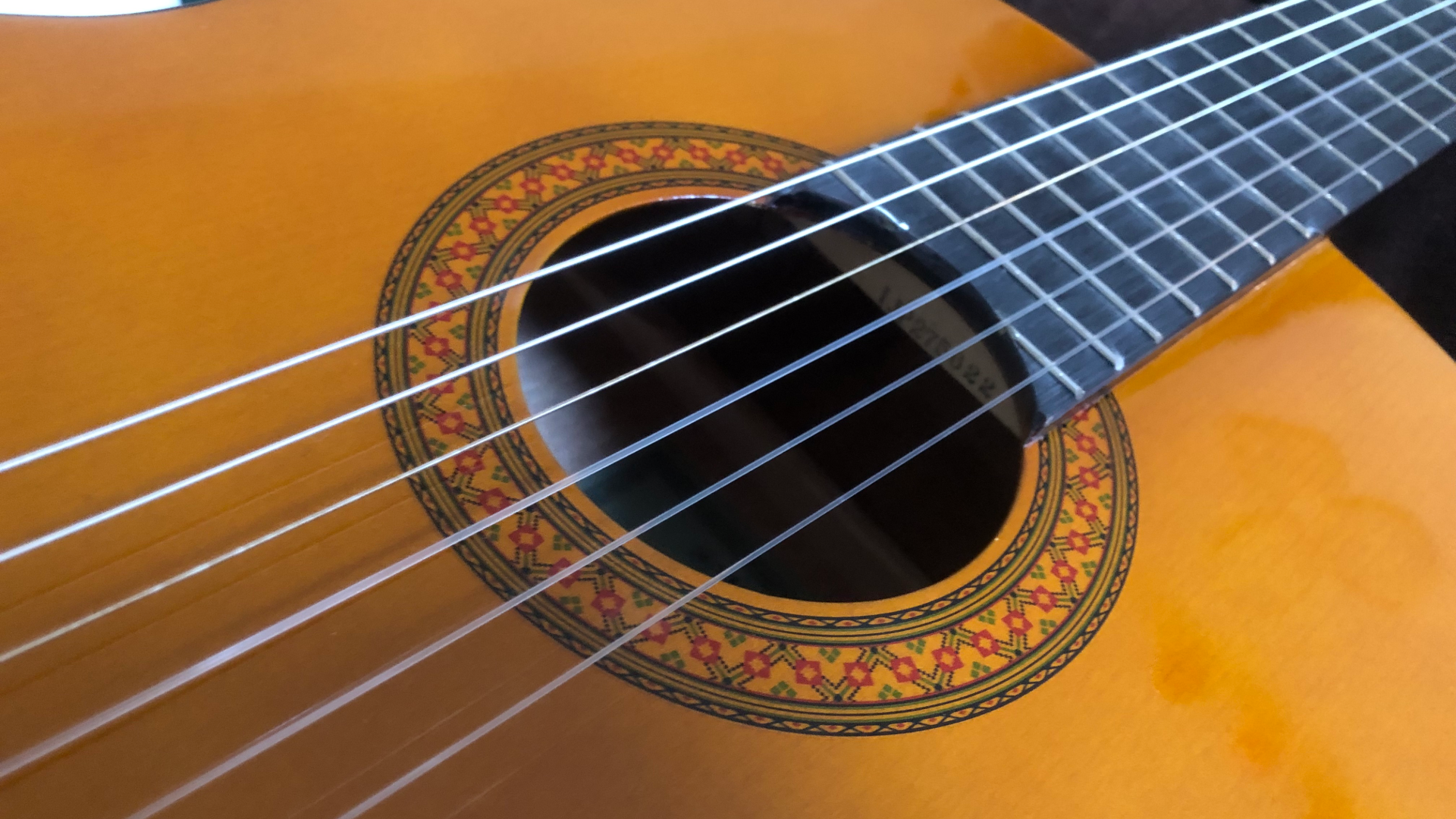
When it comes to tone, I’ve played many fully laminated guitars. Some can sound like a jumped-up shoebox, while others can be very pleasant on the ears. I’m glad to say that the C40II fits into the latter category.
The notes are quite resonant, and there is a depth of sound that belies its modest price tag and humble materials. The spruce top adds a touch of brightness to an otherwise soft and mellow sound. Plus, the note separation is clear enough for beginner flamenco players to easily grasp and hear the fingerpicked notes they’re learning.
Perhaps a slight detractor is the note projection. Now, entry-level classical guitars aren't exactly known for their room-filling volume, and if you are used to the bellowing tone of a dreadnought, you'll definitely notice how quiet this beginner acoustic guitar is in comparison.
Final Verdict
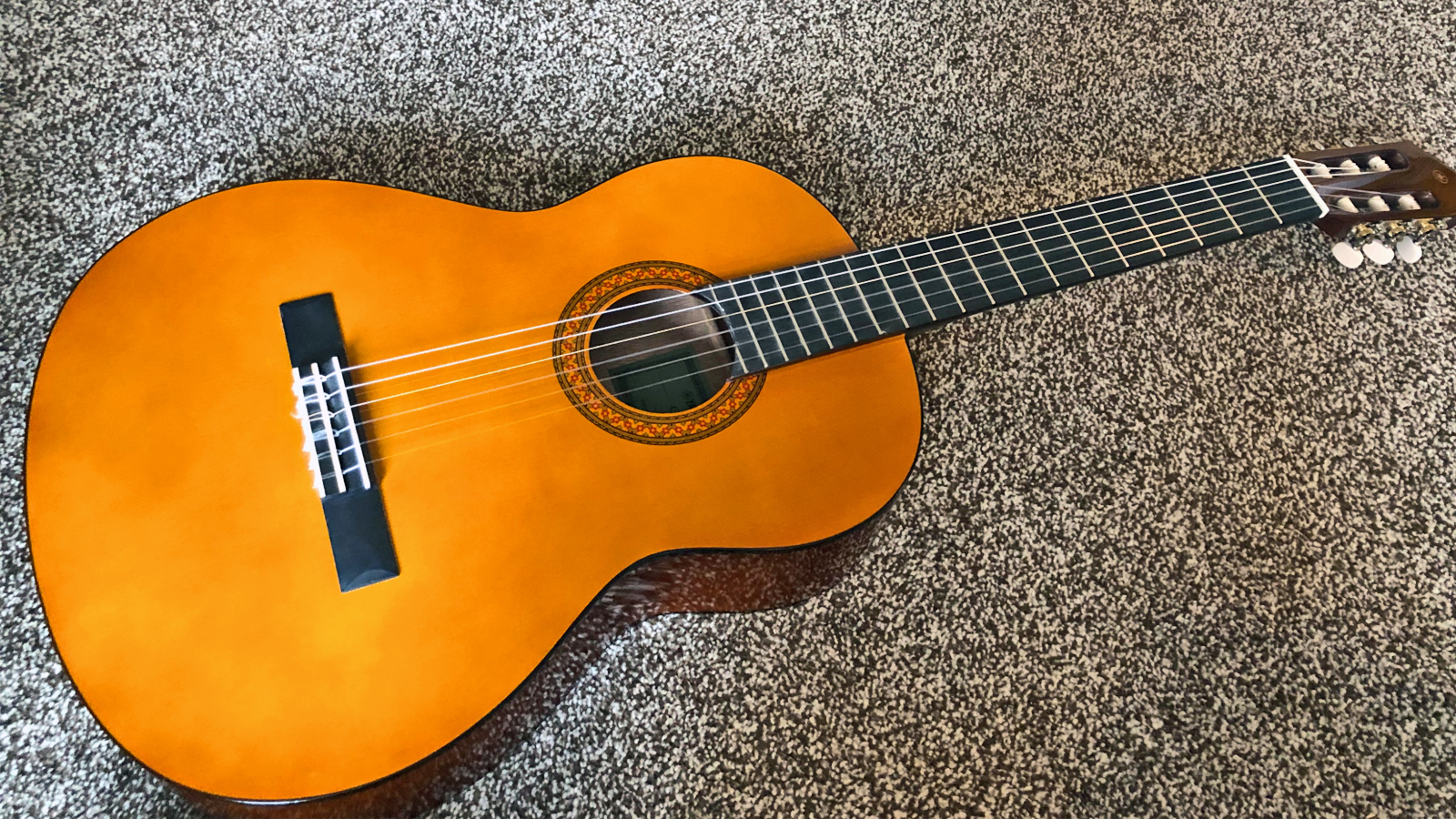
Having been a top choice for beginner classical guitars for so long, the C40II lives up to its reputation. With a low action right out of the box, it only needed a bit of tuning to get started. Thanks to its smooth, comfortable neck and consistent tone, it’s hard to beat at this price.
While there are a few minor issues, like scratchy frets and sharp fret ends, they’re not a dealbreaker given the cost. The C40II is likely to remain a favorite for beginners learning classical and flamenco or just enjoying nylon strings for years to come. However, if you’re on the smaller side, it may not work great for your little hands.
Specifications
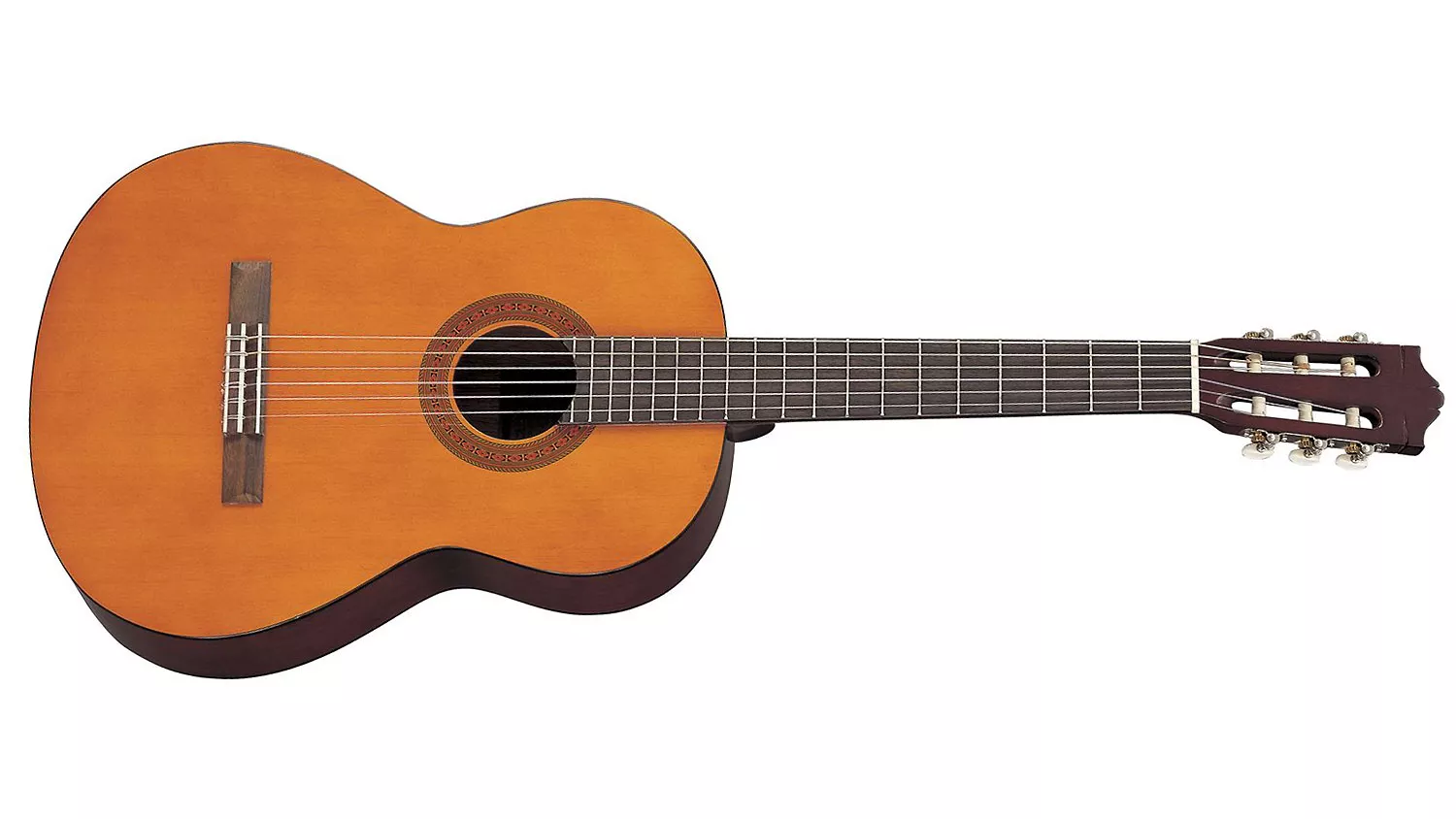
- Body Shape: Yamaha CG Shape Classical
- Scale Length: 650 mm (25 9/16")
- Nut Width: 52 mm (2 1/16")
- String Spacing: 11.8 mm
- Top Material: Spruce
- Back & Sides Material: Locally Sourced Tonewood
- Neck Material: Locally Sourced Tonewood
- Fingerboard Material: Rosewood
- Bridge Material: Rosewood
- Nut & Saddle Material: Urea
- Tuners: Chrome (RM-1252X)
- Contact: Yamaha
Ross has been a music lover and guitar player since the age of 8. He has spent the five years since graduating from university working in music retail, selling guitars, amps and more. Ross is particularly interested in electric guitars, pedals and amplifiers and his current rig includes a trusty 2009 American Standard Stratocaster and Vox AC30S1 with a few Walrus Audio and Way Huge pedals in between.
“Even standing with the guitars is tricky”: Ritchie Blackmore's health sparks concern after update from wife and musical partner Candice Night
5 lo-fi guitar chords to add to your progressions
“The rest of the world didn't know that the world's greatest guitarist was playing a weekend gig at this place in Chelmsford”: The Aristocrats' Bryan Beller recalls the moment he met Guthrie Govan and formed a new kind of supergroup
